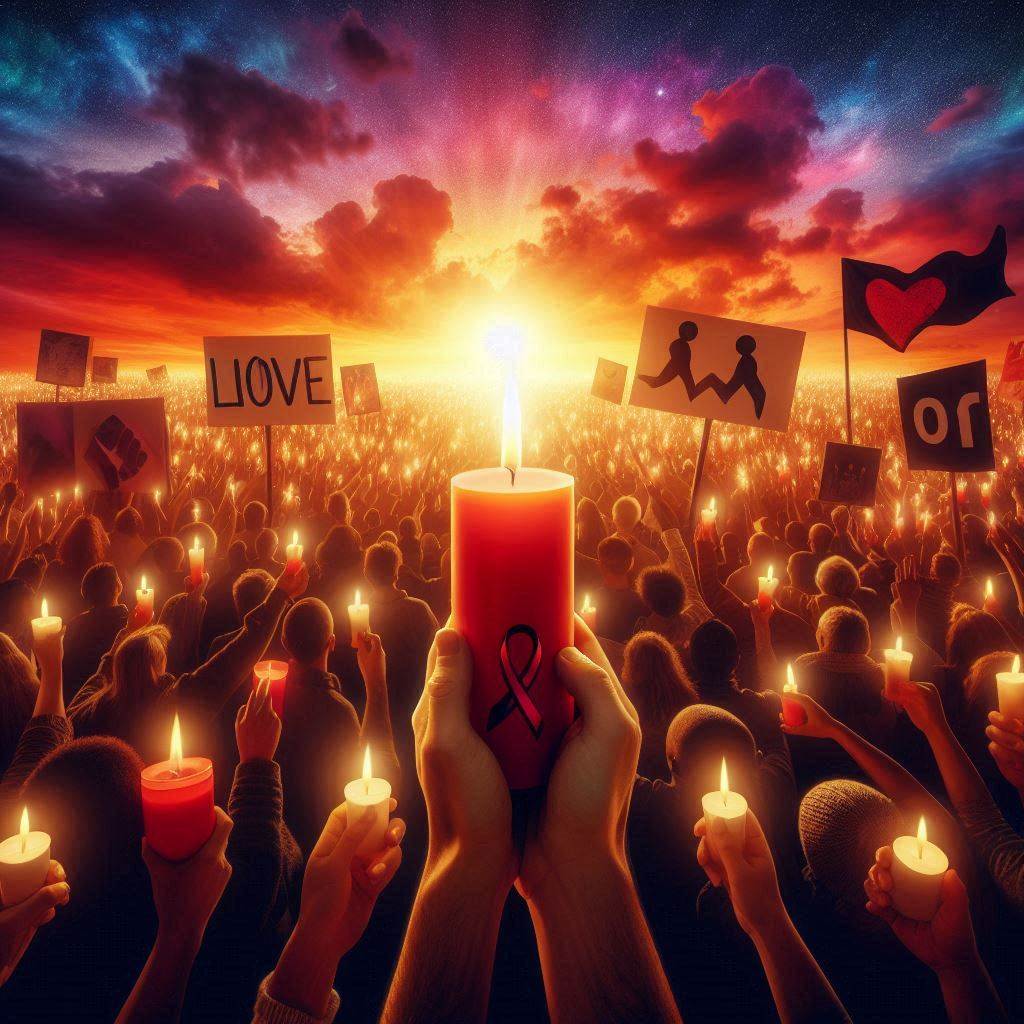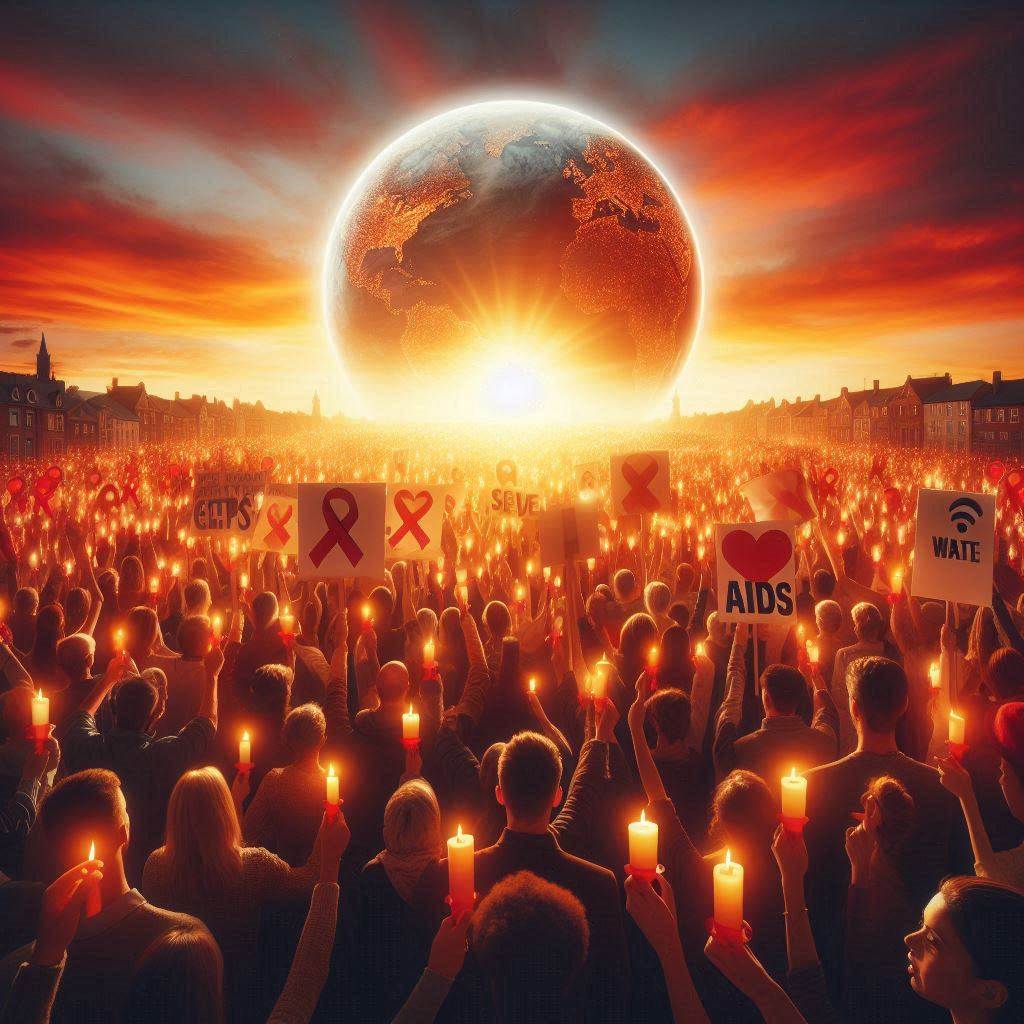Imagine a battlefield not made of bombs and tanks, but of silence, stigma, and neglect. In the early 1980s, as AIDS began to claim lives, this invisible war was raging across cities like New York, San Francisco, and beyond. The virus was new, the science unclear, but the response from the powerful was chillingly consistent: silence.

People were dying, but few in authority were talking about it. Out of this vacuum, a powerful movement emerged—AIDS activism—a fire forged from grief, rage, and relentless love. At its heart, activists demanded answers to a question the world was too afraid to ask out loud: where did AIDS come from, and why were those dying being treated as disposable?
A Plague Ignored: The Catalyst of Outrage
When the first cases of AIDS were reported in 1981, it wasn’t just the virus that spread—it was confusion and fear. Most early victims were gay men, and the disease was quickly branded as “gay cancer” or GRID (Gay-Related Immune Deficiency). This labeling didn’t just misinform—it dehumanized.
As AIDS numbers grew, so did the indifference from governments, media, and even parts of the medical community. This erasure laid the groundwork for a wave of activism. People weren’t just asking where did AIDS come from in a scientific sense—they were asking why the world was standing still while they buried their friends.
ACT UP: Silence = Death
One of the boldest activist groups to emerge was ACT UP (AIDS Coalition to Unleash Power). Their slogan, “Silence = Death”, was more than a message—it was a warning. They knew silence from politicians and pharmaceutical giants meant more body bags, more funerals, and more injustice.
ACT UP’s protests were theatrical, aggressive, and brilliantly strategic. They stormed the FDA to demand faster drug approvals. They disrupted mass at St. Patrick’s Cathedral in New York to protest the Catholic Church’s anti-condom stance. They even held “die-ins” in front of the White House to symbolize the lives lost to inaction.

At every protest, their chants pierced the air: “Where did AIDS come from?” And beneath that question was another: Why didn’t you care until it affected someone like you?
Artistic Resistance: From Canvas to Camera
Activism wasn’t confined to picket lines—it pulsed through art, poetry, film, and theater. Creators turned their mourning into movement. Artists like Keith Haring used graffiti-style art to spread awareness. Writers like Larry Kramer screamed truth through plays like The Normal Heart. Filmmakers captured the devastation and beauty of resilience in works like Philadelphia and How to Survive a Plague.
The AIDS Memorial Quilt—a patchwork of lives lost—traveled from city to city, each panel sewn with names, photos, and heartbreak. It made the epidemic tangible. With each stitch, people honored those gone and asked the world again: Where did AIDS come from, and why did you turn away?
The Global Flame: Activism Across Continents
While Western activists fought to unlock treatment and visibility, counterparts in Africa, Asia, and Latin America waged battles of their own—against stigma, poverty, and unaffordable medicine.
Groups like South Africa’s Treatment Action Campaign (TAC) took inspiration from ACT UP. They filed lawsuits, staged marches, and pushed their government to roll out antiretroviral therapy. As the virus took millions of African lives, activists made sure the world couldn’t claim ignorance.
The origins of the virus—linked to SIV (Simian Immunodeficiency Virus) crossing from primates to humans in Central Africa—helped answer the scientific query: where did AIDS come from? But that answer wasn’t enough. Activists knew that science must be paired with equity, or knowledge would save only the rich.
A Legacy of Action
Today, many of the medical advancements in HIV treatment exist because of activist pressure. Drug pricing, fast-tracked clinical trials, patient inclusion—these are not gifts from institutions. They are wins carved out by protest, persistence, and pain.
AIDS activism taught the world that marginalized voices can’t be sidelined in health crises. It showed that when governments delay, communities must rise. Most importantly, it reminded us that behind every virus, there are people—and behind every silence, there is a story.
From the Shadows, a Roar
In asking where did AIDS come from, activists uncovered not only a virus, but a world unwilling to confront hard truths. They lit fires in the streets, in art galleries, in hospital corridors, and inside the hearts of those who refused to die in silence.
AIDS and activism are forever linked—not just in history, but in spirit. One fed the other. And together, they proved that the loudest cries can come from the darkest corners—and still move the world.


